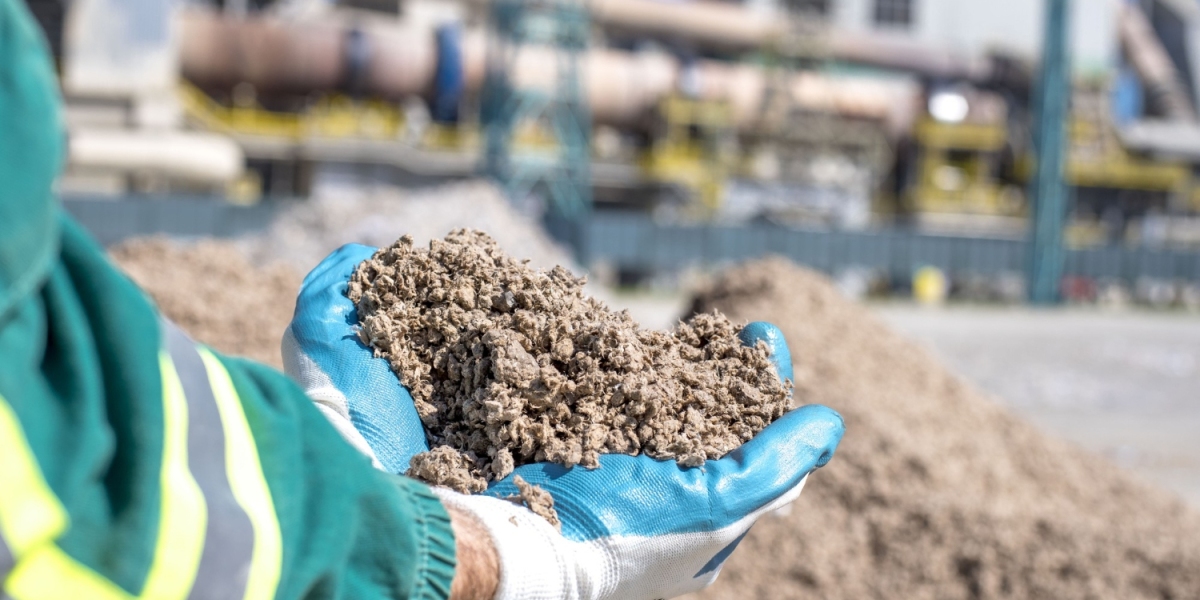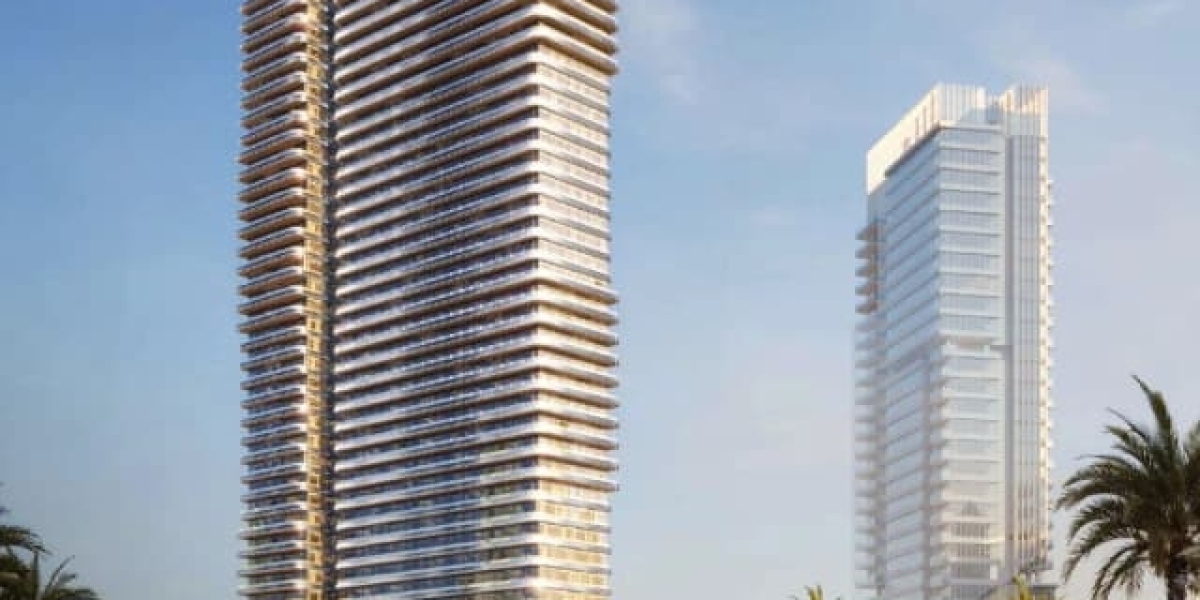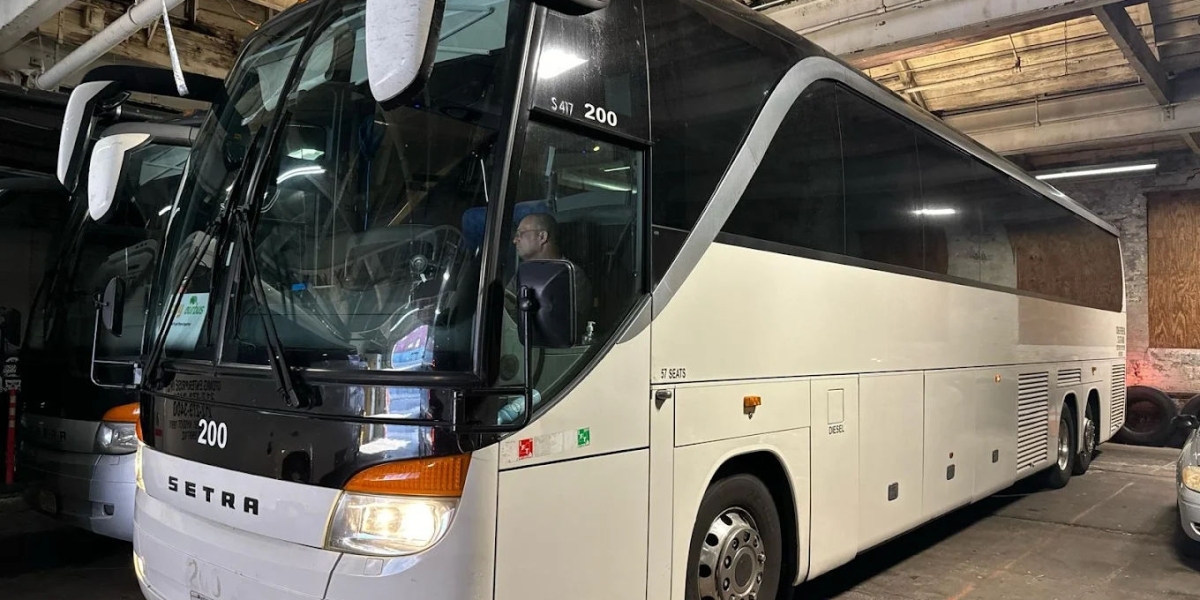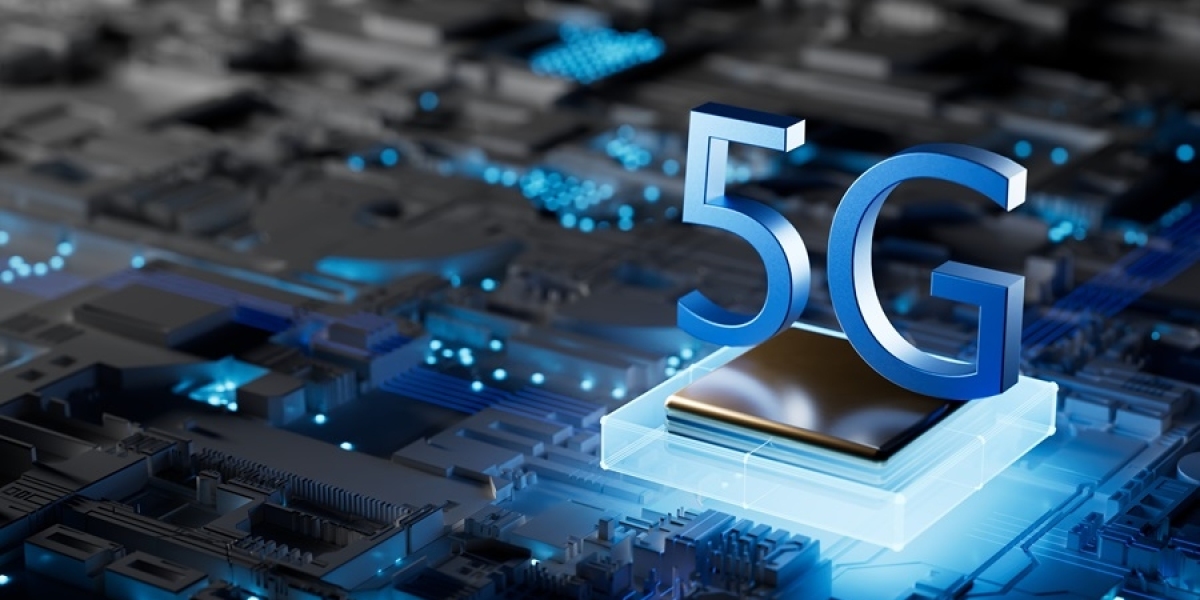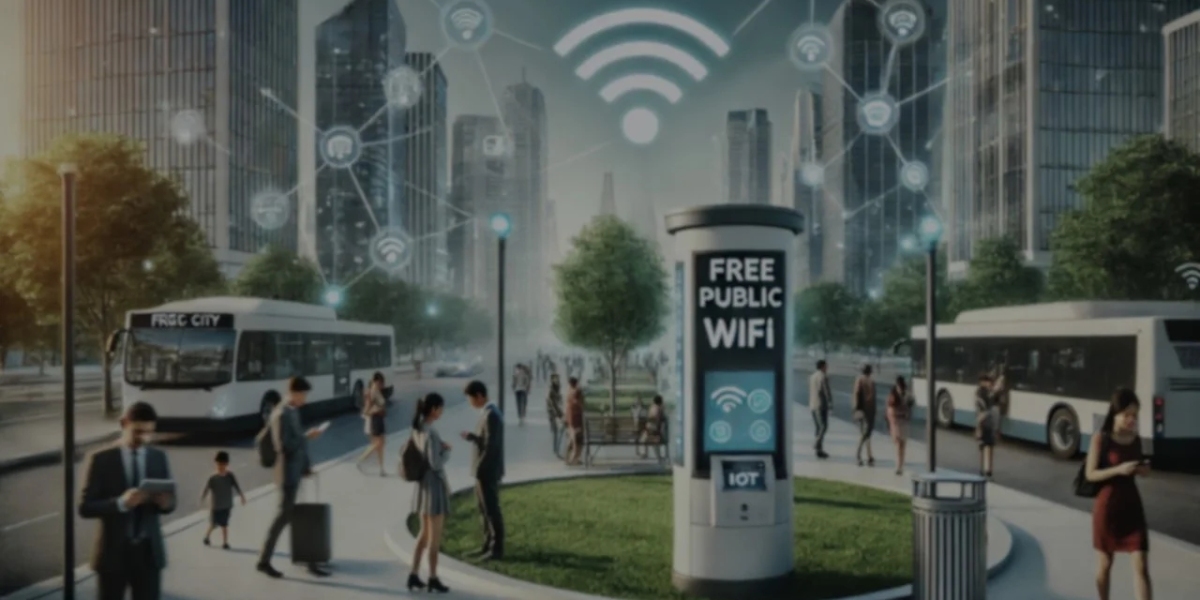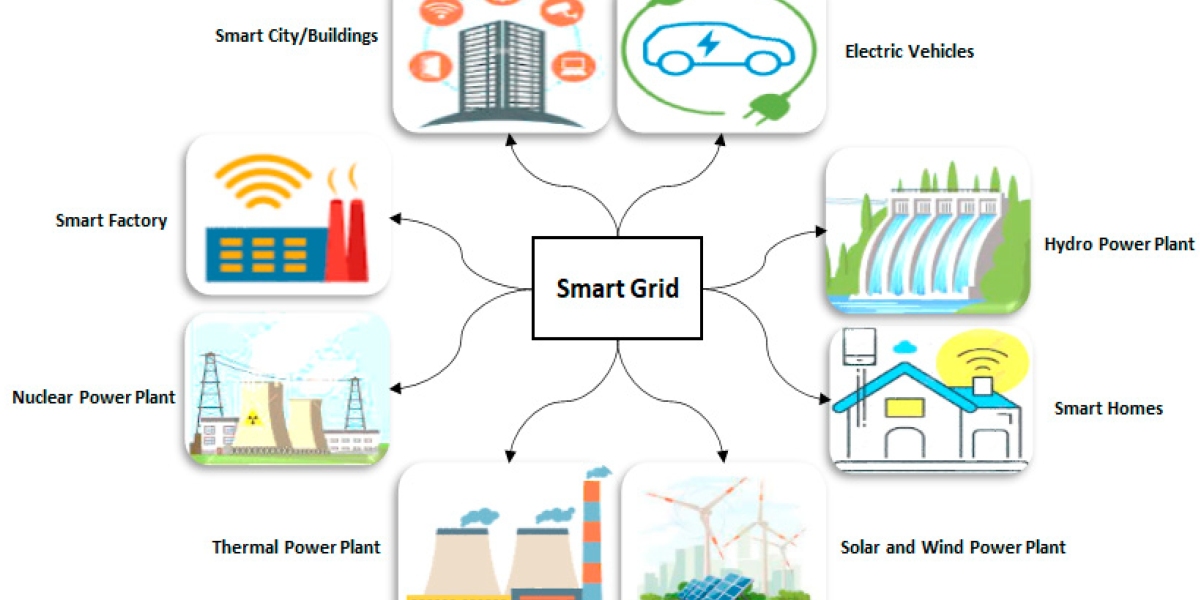Introduction
In today’s fast-paced construction and mining industries, safety, efficiency, and cost-effectiveness are top priorities. One solution that has become increasingly indispensable in achieving these goals is shotcrete—an innovative method of applying concrete pneumatically at high velocity to reinforce and stabilize surfaces. Whether used in tunnels, mines, retaining walls, or large-scale infrastructure projects, shotcrete has proven itself as both practical and reliable.
However, success with shotcrete depends on two key factors: working with experienced shotcrete contractors and understanding the costs involved, including how to calculate the shotcrete price per m². Hiring the right team ensures technical expertise, safety compliance, and quality control, while knowing the cost per square meter helps project managers budget accurately and avoid hidden expenses.
In this blog, we’ll explore the role of shotcrete in modern construction and mining, discuss why professional contractors are essential, and break down what influences shotcrete pricing. Along the way, we’ll examine real-world applications and offer insights to help project owners and stakeholders make smarter decisions.
The Role of Shotcrete in Construction and Mining
Shotcrete, often called “sprayed concrete,” is applied directly onto surfaces using a hose and nozzle system. This method allows for rapid coverage of large areas, superior bonding to rock or soil, and adaptability to irregular shapes or surfaces.
Applications of Shotcrete:
Mining and Tunneling: Used to stabilize underground openings, prevent rockfalls, and extend tunnel lifespans.
Slope Stabilization: Prevents landslides and erosion on steep embankments.
Structural Repairs: Provides reinforcement for aging bridges, dams, and retaining walls.
Waterproofing: With additives, shotcrete can resist water ingress, making it ideal for underground projects.
The versatility of shotcrete means it can replace traditional concrete in scenarios where formwork is impractical or too expensive. This efficiency has made it an industry standard for projects requiring speed, flexibility, and durability.
Why Expertise Matters: The Role of Shotcrete Contractors
While shotcrete itself is an advanced material, its effectiveness depends largely on the skills and knowledge of those applying it. Professional shotcrete contractors bring specialized expertise that ensures projects meet strict safety and quality standards.
What Shotcrete Contractors Do:
Design Tailored Mixes: Contractors select the right water-to-cement ratio, aggregates, and additives to match environmental conditions.
Ensure Safety Compliance: They follow strict occupational health and safety guidelines, particularly in underground mining where risks are higher.
Precision Application: Using advanced equipment, contractors ensure even thickness, proper bonding, and minimal rebound (wasted material).
Quality Assurance: Specialists conduct testing—such as compressive strength and adhesion tests—to verify performance.
Without experienced contractors, shotcrete projects risk poor bonding, cracking, or premature failure, all of which can compromise both safety and cost-efficiency.
Case Study: A Tunnel Reinforcement Project
In a large mining operation in Southern Africa, frequent rockfalls threatened worker safety and slowed production. Initially, the mine used traditional mechanical supports, but these required constant maintenance. By partnering with professional shotcrete contractors, the mine implemented fiber-reinforced wet-mix shotcrete throughout its tunnels.
Results included:
A 70% reduction in fall-of-ground incidents.
Faster excavation cycles due to quicker stabilization.
Long-term savings from reduced maintenance.
This case illustrates how working with specialists not only enhances safety but also drives efficiency and cost savings.
Factors Influencing Shotcrete Costs
Understanding shotcrete price per m² is critical for budgeting and project planning. Costs can vary widely depending on a range of factors, including:
1. Type of Shotcrete
Dry-Mix Shotcrete: Generally less expensive but more labor-intensive, making it suitable for smaller projects.
Wet-Mix Shotcrete: More costly upfront but offers better quality control and efficiency for large-scale operations.
Fiber-Reinforced Shotcrete: Higher cost due to materials but adds strength and durability.
2. Project Scale and Location
Large projects benefit from economies of scale, while remote or difficult-to-access locations increase transport and labor costs.
3. Material Costs
The price of cement, aggregates, admixtures, and fibers fluctuates with market conditions. Using eco-friendly or specialized materials may also add to costs.
4. Labor and Expertise
Hiring certified shotcrete contractors may increase labor costs but ensures precision and reduces long-term risks of failure or rework.
5. Environmental Conditions
Projects in high-moisture or chemically aggressive environments may require special additives or higher thicknesses, impacting the cost per square meter.
By understanding these variables, project managers can estimate realistic costs and avoid unpleasant surprises down the line.
Comparing Shotcrete Costs to Traditional Concrete
One common question is whether shotcrete is more expensive than conventional concrete. At first glance, shotcrete often has a higher cost per square meter. However, when considering the total project lifecycle, shotcrete frequently proves more economical.
Here’s why:
No Formwork Required: Saves on material and labor.
Faster Application: Reduces downtime and labor costs.
Durability: With proper application, shotcrete lasts longer, reducing maintenance expenses.
Flexibility: Can be applied in areas where traditional concrete would be impractical, saving time and money on workarounds.
For example, in a slope stabilization project, using shotcrete may initially cost 10–15% more than poured concrete, but savings from reduced formwork and quicker completion can outweigh the difference.
Balancing Quality and Cost
When considering the shotcrete price per m², it’s important not to cut corners on quality. Low-cost providers may compromise on material quality or skip crucial steps in application, leading to long-term failures. In contrast, professional contractors focus on delivering durable solutions, even if their pricing is slightly higher.
A balance between cost and quality is essential. The cheapest option upfront may end up being the most expensive in the long run if repairs, safety risks, or downtime occur.
Innovations in Shotcrete Technology
The industry is continuously evolving, with new technologies making shotcrete more effective and cost-efficient. Some innovations include:
Robotic Application: Improves precision and reduces risks to workers in hazardous environments.
Eco-Friendly Additives: Incorporating recycled materials reduces costs and environmental impact.
Smart Monitoring Systems: Sensors embedded in shotcrete layers can track stress, cracks, or water infiltration in real time.
By adopting these innovations, contractors can deliver better results while keeping long-term costs under control.
Sustainability and Environmental Considerations
As industries face increasing pressure to reduce their environmental footprint, shotcrete is adapting as well. Many contractors now offer mixes with supplementary cementitious materials like fly ash or slag, which reduce carbon emissions. Additionally, more efficient application methods minimize waste and rebound, further lowering environmental impact.
Sustainable practices not only benefit the planet but also enhance reputations and ensure compliance with global environmental standards.
Choosing the Right Shotcrete Contractor
Selecting the right partner is one of the most critical decisions in any project involving shotcrete. When evaluating shotcrete contractors, consider the following:
Experience: Look for a proven track record in similar projects.
Certifications: Verify compliance with industry standards and safety regulations.
Technology: Ensure contractors use modern equipment and materials.
References: Ask for case studies or client testimonials to validate performance.
Transparency: Reliable contractors provide clear cost estimates, including shotcrete price per m², to help with budgeting.
The right contractor not only delivers quality but also ensures projects are completed on time and within budget.
Conclusion
Shotcrete has become a cornerstone of modern construction and mining, offering versatility, durability, and efficiency unmatched by traditional concrete. However, its success hinges on two factors: working with professional shotcrete contractors and understanding the variables that determine shotcrete price per m².
By investing in skilled expertise and realistic cost planning, project managers can achieve safer, more efficient, and more sustainable outcomes. As technology continues to advance, shotcrete will only grow in importance—making it vital for stakeholders to stay informed and proactive in their approach.
Frequently Asked Questions (FAQ)
1. What is the main advantage of shotcrete over traditional concrete?
Shotcrete can be applied directly to surfaces without formwork, saving time and costs. It also adapts to irregular shapes and provides immediate structural support.
2. How is shotcrete price per m² calculated?
The cost per square meter depends on factors such as mix type, project size, location, labor, and environmental conditions. Contractors often provide detailed estimates to help with budgeting.
3. Can shotcrete be used for residential projects?
Yes. While it’s most common in mining and large infrastructure, shotcrete is also used in swimming pools, retaining walls, and slope stabilization for residential developments.
4. Does shotcrete require maintenance?
When applied correctly by professionals, shotcrete is highly durable and requires minimal maintenance. However, periodic inspections are recommended in demanding environments.
5. How do I choose the right shotcrete contractor?
Look for contractors with relevant experience, certifications, and positive references. Ensure they provide transparent cost breakdowns and use high-quality materials and equipment.
6. Is shotcrete environmentally friendly?
Modern shotcrete mixes often include recycled or supplementary materials to reduce emissions. Efficient application techniques also minimize waste, making it a more sustainable option.

